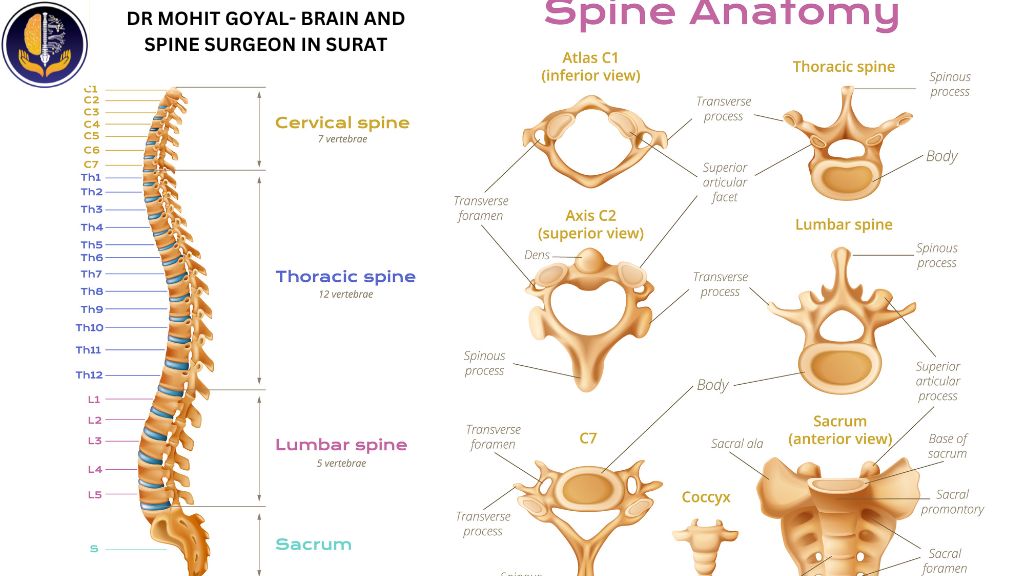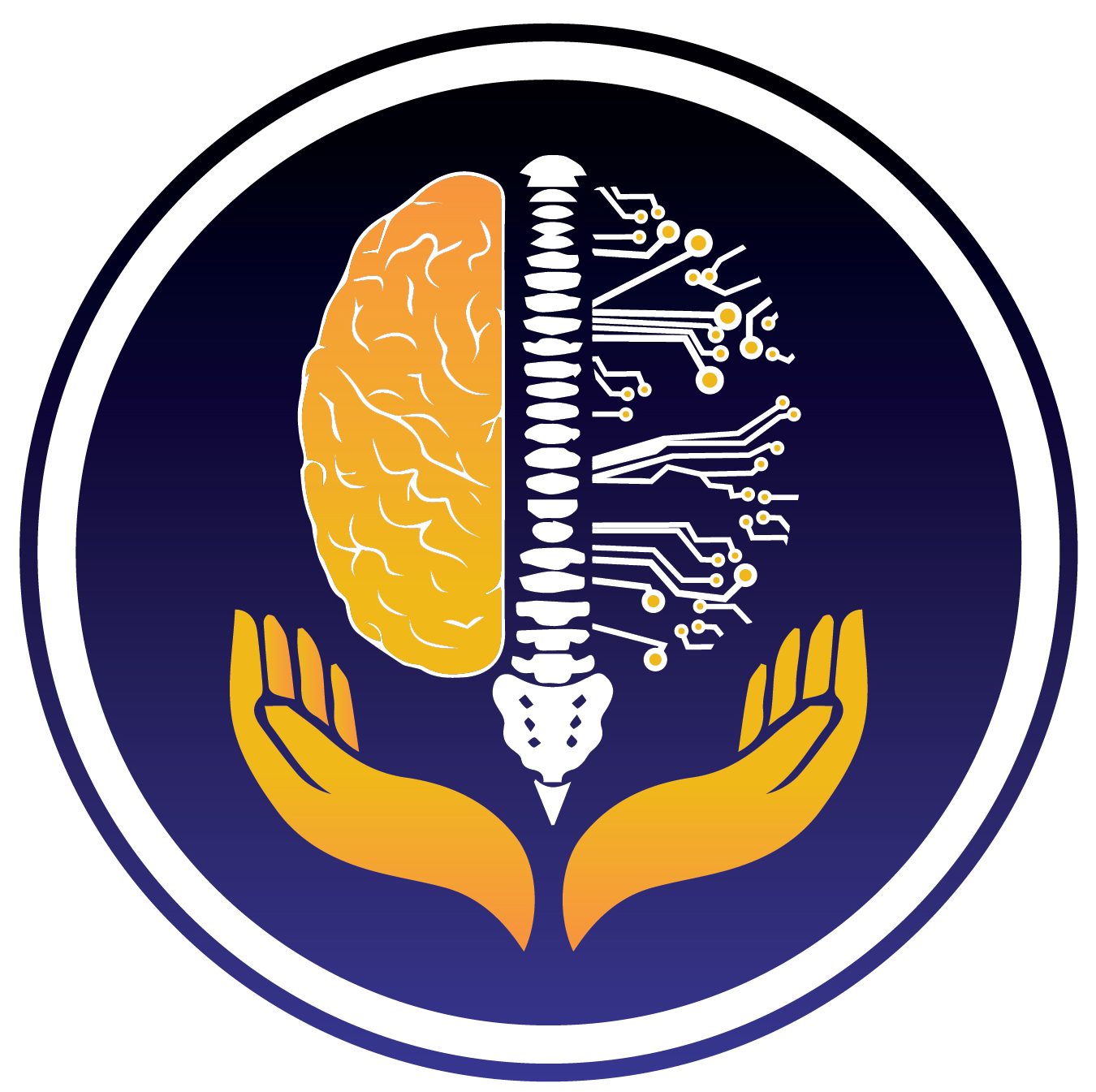
Understanding Neurosurgery The Things You Should Know to Learn
Neurosurgery is a distinct field of medical science, is a field which focuses on the diagnosis as well as treatment of disorders that impact the nerve system. This specialized branch of medicine concentrates on treating conditions and illnesses that impact the spine, brain peripheral nerves, and the structures that support them.
In this piece, we’ll explore the field of neurosurgery by clarifying its numerous elements, the skills of the Brain And Spine Clinic In Surat, and its vital function in the field of healthcare.
The Role of a Neurosurgeon-Brain And Spine Clinic In Surat
Sometimes referred to as a surat’s neurosurgeon, is a specialist in medicine who specializes in surgery of diseases that affect the nerve system. They have a deep understanding of the complex anatomy of the spinal cord, the brain, and nerves. This allows surgeons to carry out complex procedures using precision.
A Common Brain and Spine Disorders and Their Treatment
The complex and delicate structure of the spinal cord and brain can make them vulnerable to a variety of ailments and diseases. They can also be detrimental to people’s lives.
In this post, we’ll explore commonly occurring spine and brain conditions that will shed light on their causes, signs as well as the available treatment options.
Mental Conditions
-
brain tumors:
- The causes The causes of brain tumors are frequently unknown. Certain may be related to the genetics of the patient and being exposed to radiation.
- Signs and symptoms The symptoms vary based on the location of the tumor, but can include seizures, headaches and changes in vision, the ability to speak, as well as cognitive issues.
- Treatment Options for treatment include treatment with radiation, surgical removal chemotherapy, or any combination of the two.
-
Stroke:
- The causes Strokes usually result from a disturbance in the flow of blood into the brain. It could be because of a blockage in the blood flow (ischemic stroke) or bleeding within the cerebral area (hemorrhagic stroke).
- Signs These symptoms could include an abrupt numbness or weakness of the arms, face or leg, a lack of coordination or trouble speaking, serious headaches, as well as difficulties moving.
- Treatment The prompt treatment of the condition is vital. Stroke-related ischemic attacks can be managed using clot-busting medicines or treatments to eliminate the blood clot. The strokes that cause hemorrhage can require surgical intervention to stop the bleeding.
Ailment Spinal
-
Herniated Disc:
- The causes Herniated disc, often referred to as an obstructive or ruptured disc, could be the result of damage or wear. It happens when the inside of the soft spinal disc presses against the outer layer.
- symptoms The symptoms could be neck or back tenderness, numbness, and sensation of tingling and weakness in the legs.
- Treatment The treatment options are the use of physical therapy, pain management as well and, in certain instances surgical procedures to eliminate or replace the disc.
-
Spinal Stenosis:
- The causes A condition called spinal stenosis is typically a result of aging and is caused by the closing that occurs in the spine canal which puts tension on the spinal cord and nerves.
- symptoms The symptoms can be the sensation of numbness or pain and weakness of the legs or arms, and also difficulties getting around.
- Treatment The treatment may include the use of medications, physical therapy, or in extreme cases surgeries to ease back pain.
Brain Tumor Surgery: A Comprehensive Guide- Dr Mohit Goyal
Being diagnosed with the presence of a tumor in the brain could be an incredibly stressful and life-altering event.
Yet, the advancements in the field of medical research, especially those in neurosurgery, have offered some hope and effective treatments to those facing this lengthy process. In this procedure for brain tumors, their many aspects, and the crucial importance it plays in the treatment of brain tumors.
Understanding Brain Tumors
Before deciding to undergo surgery for brain tumors is essential to understand the fundamentals of brain tumors.
-
Different types of brain tumors These tumors are classified as benign (non-cancerous) or malignant (cancerous). They may arise within the cerebral cortex (primary brain tumors) or develop from different organs (metastatic cancers).
-
Signs A signs of a brain tumor may vary however they can include headaches seizures, changes in vision as well as changes in behavior or personality and motor skills deficits.
-
Diagnosis A diagnosis requires a mix of neuroimaging methods including MRI or CT scans, as well as a biopsy procedure to identify the type of tumor and its grade.
The Role of Brain Tumor Surgery
The procedure, sometimes known as craniotomy or neurosurgery is the most common treatment option for numerous brain tumors. The primary objectives of the procedure are
-
Treatment of Tumors The principal goal of surgery is removing the majority of the tumor in a safe way feasible while protecting normal brain tissues. The complete removal of the tumor may not be feasible, but it is possible to do so when tumors are located in the most critical brain locations.
-
Biopsy When the removal of all tumors is not feasible A biopsy can be carried out to get an in-tissue sample to diagnose. It helps to determine the nature of the tumor and also guides future treatment choices.


